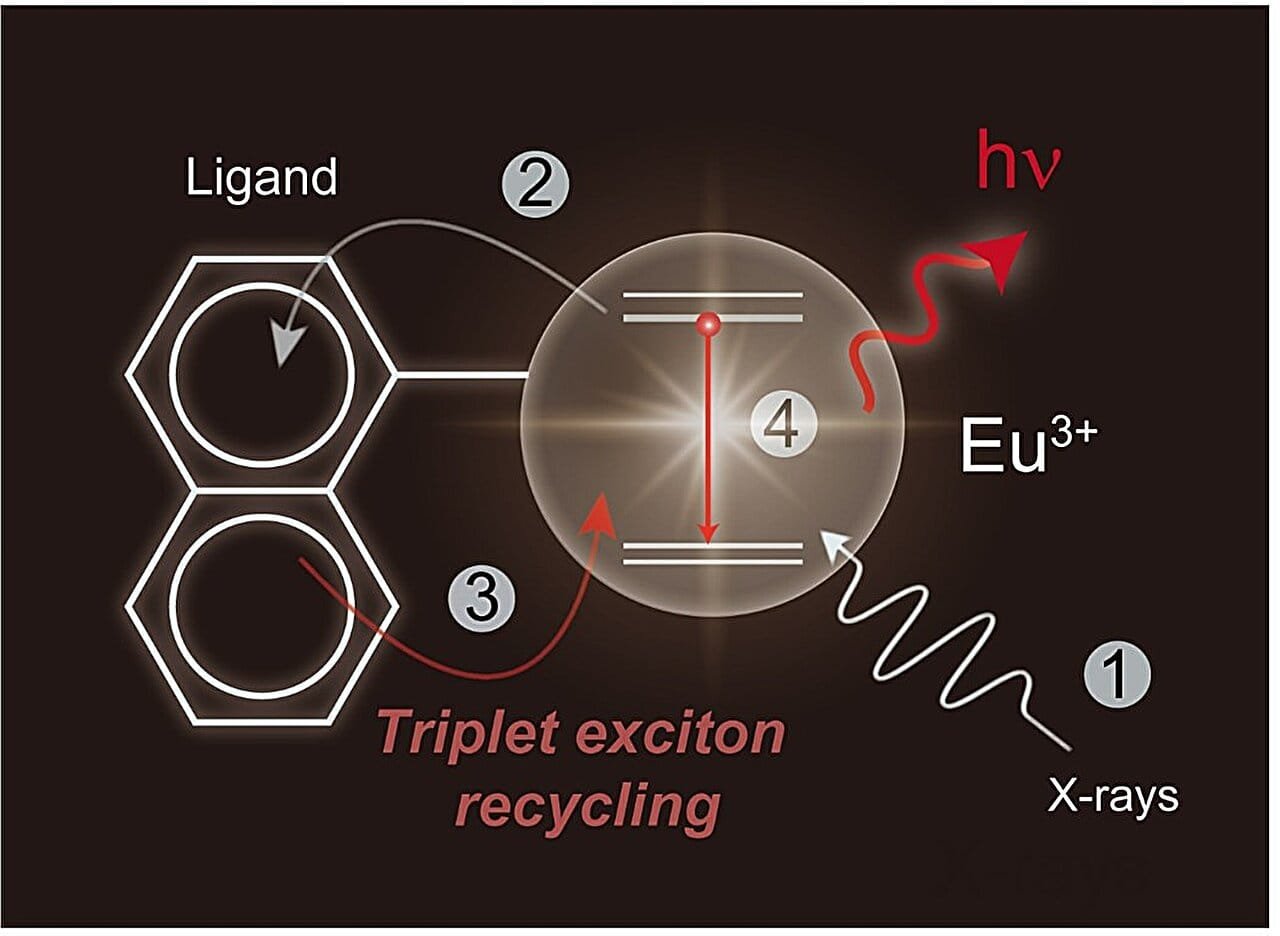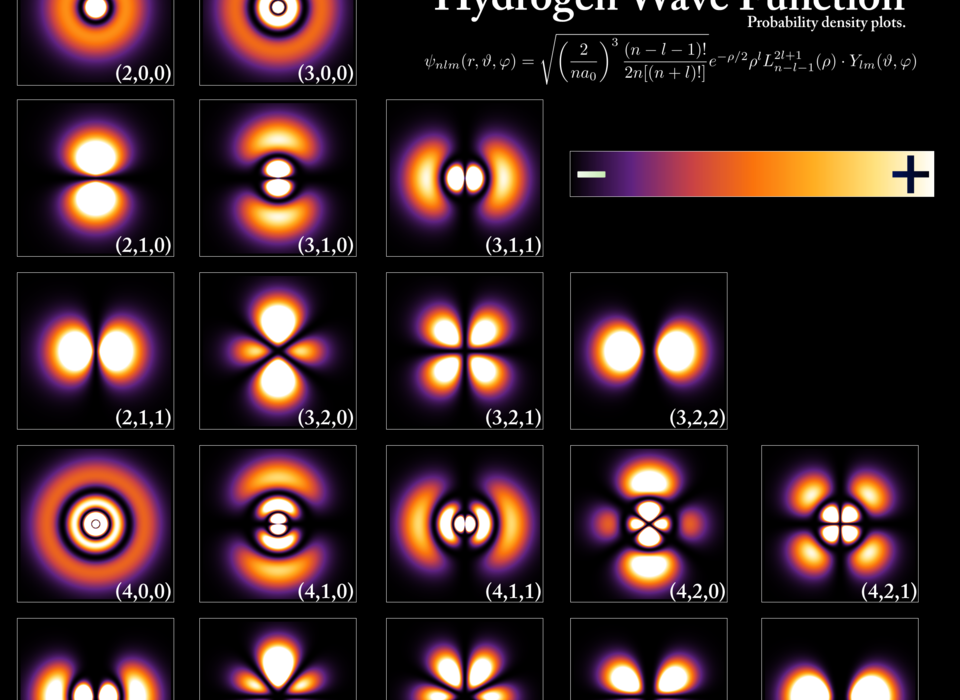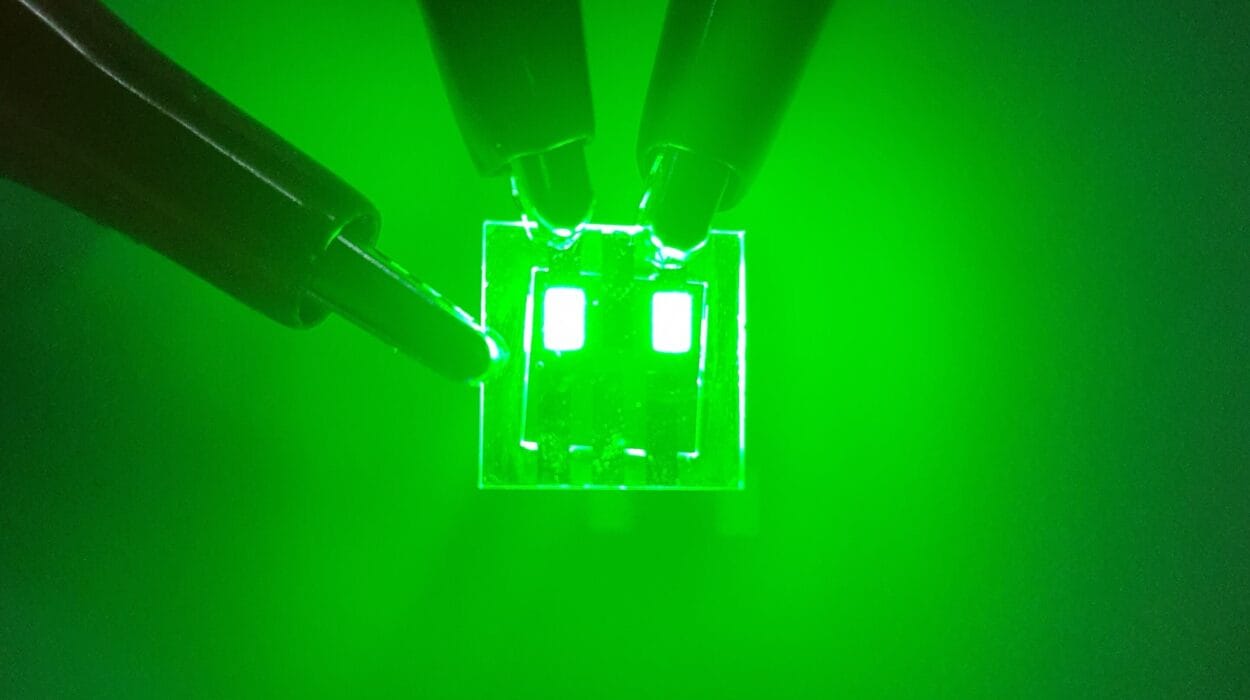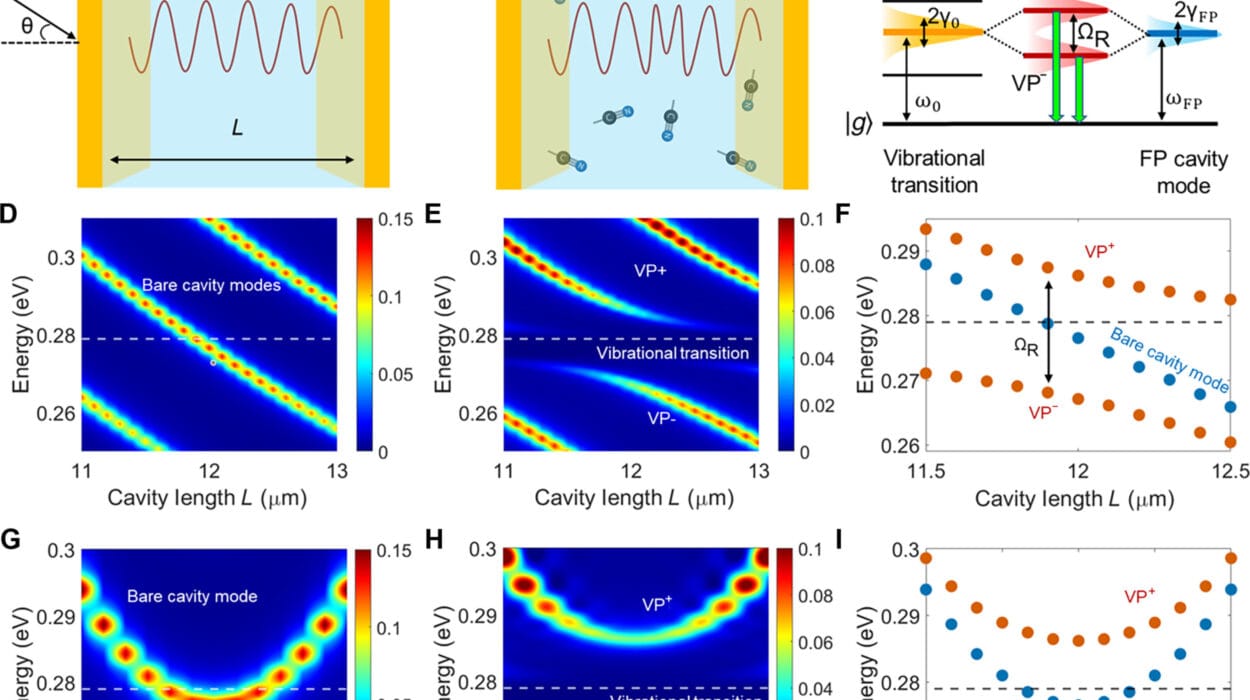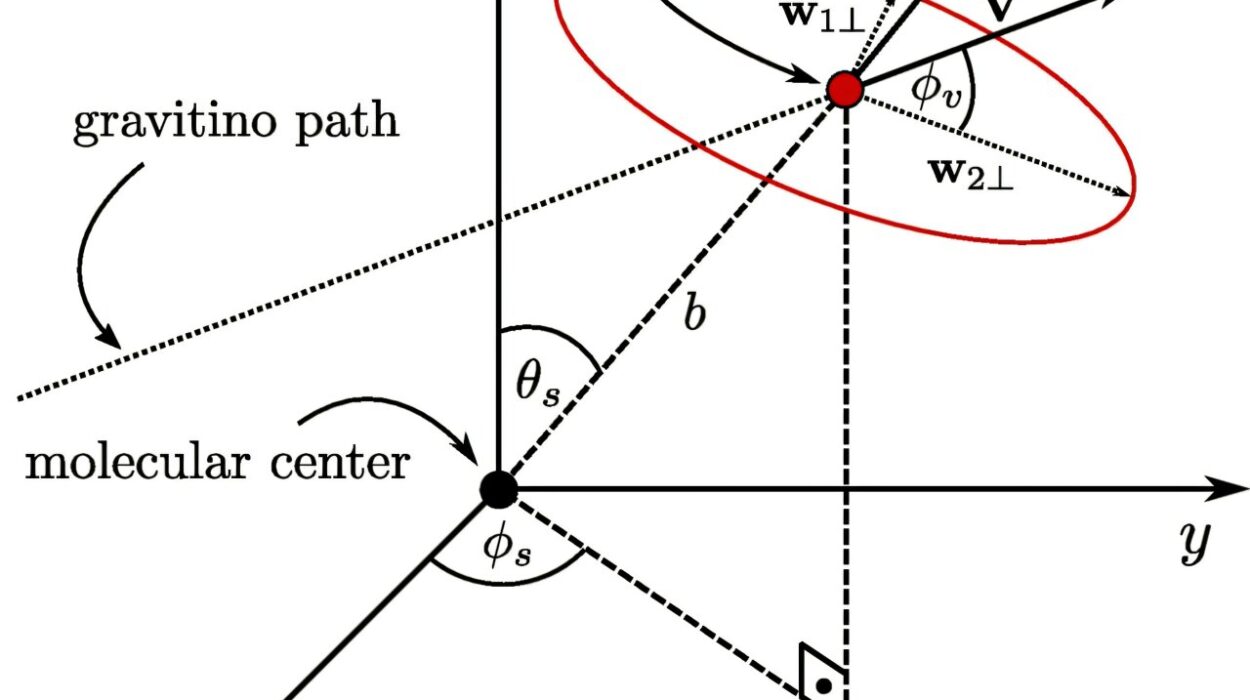Scientists from the National University of Singapore (NUS) have pioneered a groundbreaking molecular design that dramatically enhances radioluminescence in organometallic scintillators. This innovative approach boosts radioluminescence by more than 1,300 times by leveraging X-ray-induced triplet exciton recycling in lanthanide metal complexes. This development represents a significant leap forward in the field of scintillation materials, offering a practical and efficient solution for detecting ionizing radiation.
The ability to detect ionizing radiation is essential in many fields, including medical imaging, environmental monitoring, and space exploration. These applications rely on scintillators—materials that emit light in response to ionizing radiation. However, current high-performance scintillators predominantly use ceramic and perovskite materials, which are hindered by challenges like complex manufacturing processes, environmental toxicity, self-absorption, and stability issues.
Organic phosphors, known for their flexibility and cost-effectiveness, have long been considered a potential alternative. Unfortunately, their weak X-ray absorption and inefficient utilization of molecular triplet excitons have limited their performance in X-ray detection. While some innovations, such as halogen-doped organic phosphors and thermally activated delayed fluorescence molecules, have shown promise, they require highly precise structural engineering and still face significant limitations, including absorption and reabsorption problems.
In response to these challenges, a research team led by Professor Liu Xiaogang from the Department of Chemistry at NUS has achieved a breakthrough. The team developed a novel molecular scintillator design that overcomes these barriers by harnessing the unique properties of lanthanide metal complexes. These complexes utilize rare-earth elements known for their exceptional X-ray absorption capabilities and ligand-mediated triplet exciton harvesting, resulting in significantly improved scintillation efficiency.
The researchers’ approach focuses on capturing energy dissipated during secondary X-ray relaxation through organic ligands. This method led to an astounding 1,300-fold increase in radioluminescence compared to traditional lanthanide salts. One key discovery was the role of triplet exciton recycling in enhancing scintillation efficiency. The study revealed that high photoluminescence quantum yield does not always correlate with high scintillation performance, highlighting the importance of exciton migration dynamics in these materials.
This groundbreaking work, conducted in collaboration with Professor Yiming Wu from Xiamen University, China, and Professor Xian Qin from Fujian Normal University, China, has been published in the prestigious journal Nature Photonics. The study’s findings mark a major milestone in the development of next-generation scintillators.
The new organolanthanide scintillators exhibit remarkable resistance to high-energy radiation and surpass the performance of well-known organic scintillators and even some inorganic counterparts, such as LYSO:Ce crystals. Their scintillation efficiency rivals that of CsI:Tl crystals, widely regarded as a benchmark in the field.
The researchers demonstrated that by tailoring the metal centers and coordination ligands, these scintillators can achieve full-spectral X-ray scintillation, ranging from ultraviolet to near-infrared wavelengths. This level of tunability also extends to the emission lifetimes, which can be adjusted from as short as 50 nanoseconds to as long as 900 microseconds, enabling a wide range of applications.
One of the most promising aspects of these organolanthanide compounds is their significant Stokes shifts, which reduce self-absorption issues that commonly affect scintillation performance. Additionally, the compounds are synthesized and processed at room temperature in solution form, making them highly versatile. They exhibit excellent solubility, stability, and flexibility, allowing for molecular-level mixing and the creation of high-resolution radiographic imaging tools. Their unique properties also open doors for advanced applications, such as X-ray-mediated deep-tissue radiotherapy.
Prof Liu emphasized the importance of these findings, stating, “The efficiency of triplet exciton recycling holds the key to better scintillation performance. These discoveries lend profound insights into X-ray-induced exciton migration dynamics and radioluminescence behavior, shaping the future of organic scintillators and their harnessing of high-energy X-ray quanta.”
He added that the high stability of radioluminescence, coupled with large Stokes shifts and full spectral tunability, makes organolanthanide molecules a promising platform for future scintillation applications. Their versatility and efficiency position them as a game-changer in radiation detection technologies.
This breakthrough not only addresses longstanding limitations in the field but also opens up new possibilities for developing advanced scintillators that are environmentally friendly, cost-effective, and highly efficient. As the research community continues to build on these findings, organometallic scintillators may soon play a pivotal role in revolutionizing technologies across medicine, environmental science, and beyond.
Reference: Jiahui Xu et al, Ultrabright molecular scintillators enabled by lanthanide-assisted near-unity triplet exciton recycling, Nature Photonics (2024). DOI: 10.1038/s41566-024-01586-w
